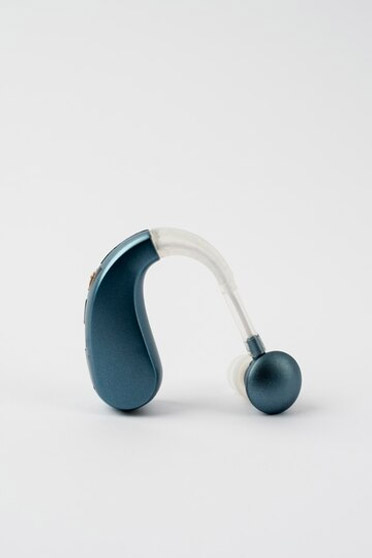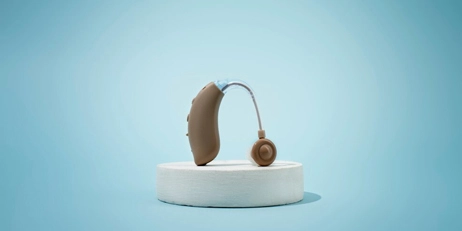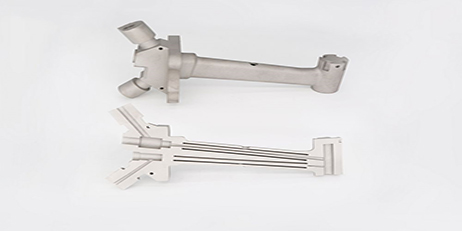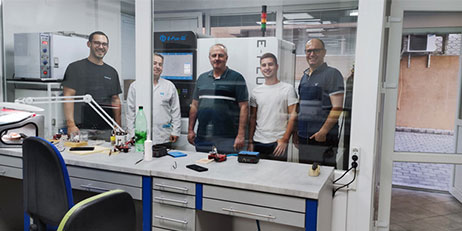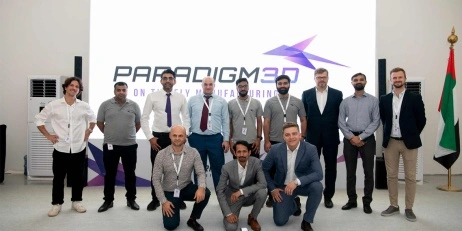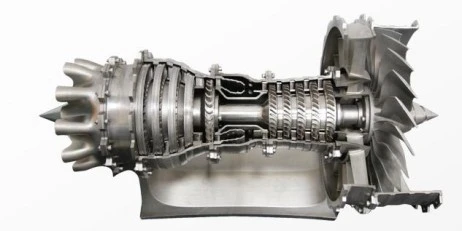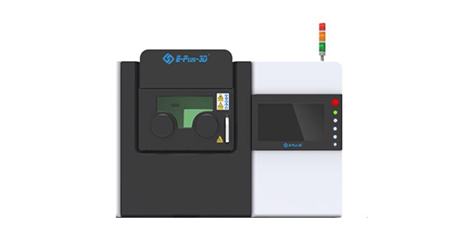In the ever-evolving world of hearing aid technology, the advent of 3D printing has revolutionized the way hearing aids are designed and manufactured. One of the most significant breakthroughs in this field is the utilization of titanium for 3D printing hearing aids. At Eplus3D, a pioneer in additive manufacturing, we understand the importance of choosing the right titanium 3D printed hearing aids for your specific needs. In this article, we will delve into the key factors to consider when making this crucial decision.
The Advantages of Titanium 3D Printed Hearing Aids
When it comes to hearing aids, the material used plays a pivotal role in determining their performance and durability. Titanium has emerged as a game-changer in the industry due to its remarkable properties. Here are some of the key advantages of titanium 3D printed hearing aids:
Unmatched Strength and Durability
Titanium is renowned for its exceptional strength-to-weight ratio. This means that titanium hearing aids can withstand the rigors of daily use, ensuring they last for years without significant wear and tear. Whether you lead an active lifestyle or have specific demands on your hearing aids, titanium is up to the challenge.
Precision and Customization
3D printing technology allows for unparalleled precision and customization. With titanium, intricate and complex designs can be created, tailored to fit your unique ear canal shape. This level of customization ensures a snug and comfortable fit, enhancing both comfort and sound quality.
Lightweight and Comfortable
Despite its robustness, titanium is incredibly lightweight. This means that wearing titanium hearing aids is comfortable for extended periods. You won't have to worry about discomfort or strain even during long conversations or activities.
Corrosion Resistance
Titanium is highly resistant to corrosion, making it an ideal choice for hearing aids. This resistance ensures that your hearing aids maintain their appearance and functionality, even in challenging environments or adverse weather conditions.
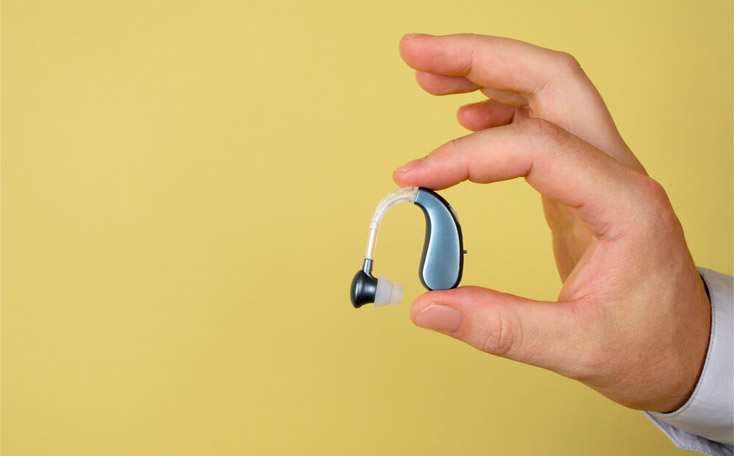
Metal Powder Bed Fusion (MPBF) 3D Printed Hearing Aids
The heart of the manufacturing process involves metal powder bed fusion (MPBF) 3D printing. This additive manufacturing technique builds the hearing aid shell layer by layer using a high-powered laser. The laser selectively fuses and melts the titanium powder, creating the intricate and customized geometry of the hearing aid. The process is precise and ensures that the hearing aid is tailored to fit the patient's ear canal perfectly.
After the 3D printing is complete, the hearing aid undergoes post-processing. This may involve removing any excess powder, smoothing the surface, and adding finishing touches to ensure comfort and aesthetics.
The hearing aid shell is designed to accommodate the necessary electronic components, including the microphone, amplifier, and speaker. These components are carefully integrated into the 3D printed shell to ensure optimal performance.
Stringent quality control measures are taken to ensure that the 3D printed titanium hearing aid meets the highest standards. Each hearing aid is thoroughly tested for functionality, sound quality, and comfort. Audiologists may fine-tune the device to match the patient's hearing requirements.
In conclusion, creating titanium 3D printed hearing aids involves a combination of advanced technology, customization, and expertise. This process results in hearing aids that are not only highly effective in improving hearing but also comfortable, durable, and tailored to the individual needs of the wearer.
